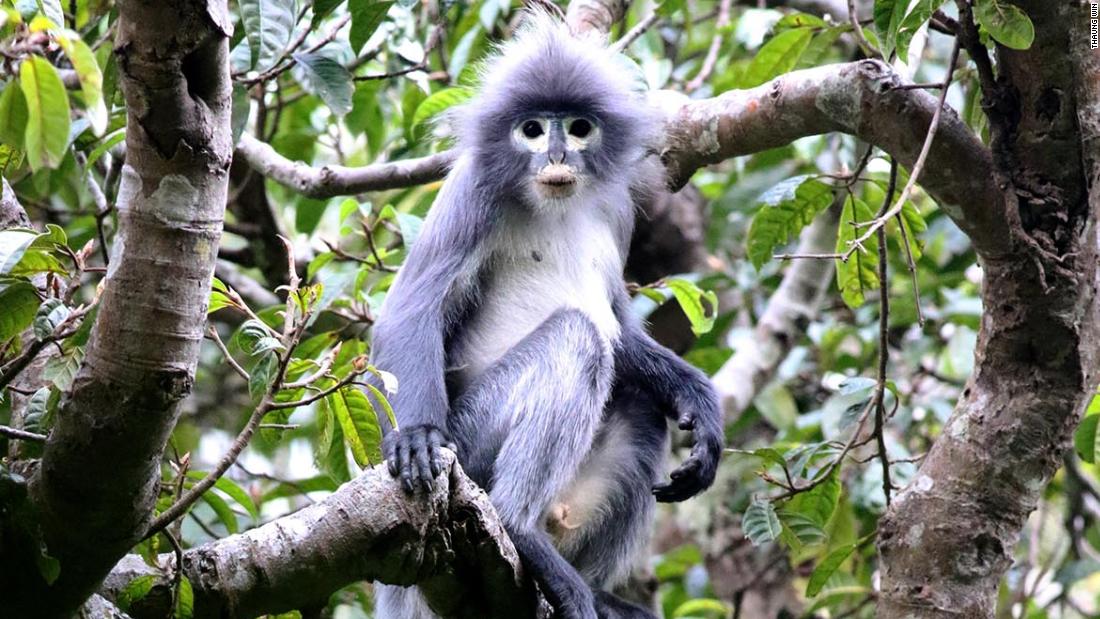Popa langur, a critically endangered monkey that lives in Myanmar, is one of the newly described species.
Due to the coronavirus pandemic, the museum may have been closed to the public for the longest period of time since World War II, but researchers continued to work behind the scenes, according to a press release published on Tuesday.
These hundreds of new species were described in 2020 by researchers who worked with specimens from the museum’s vast collection.

A Natricine snake was one of nine new snake species described in 2020.
Abhijit Das
Describing a new species means gathering information about the shape and structure of an organism, writing the research in an article and sending it to the scientific community for analysis, Ken Norris, head of life sciences at the Natural History Museum, told CNN .
“You are asking whether or not that new specimen is sufficiently different from anything else that has been seen before to be considered a new species,” said Norris. “So you’re describing it for the first time.”
Among the species just described this year is the Popa Iangur (Trachypithecus popa), a monkey that lives on the slopes of an extinct volcano in Myanmar.

Actias keralana is a moth found in India.
Nässig et al. 2020
It is already considered critically endangered, with 200-260 individuals living in the wild, but experts hope that giving a name helps to conserve the monkey, according to the museum.
“The basics of naming things, or recognizing that they are distinct, raises their importance for conservation very quickly,” said Norris. “As soon as you know this, it becomes an instant priority for conservation, whereas it wasn’t before.”
A dozen new reptiles and amphibians have been described this year, including a Borneo crested lizard, two new frog species and nine new snakes.
The museum’s collection also contained a single specimen of a new species of moonless salamander (Oedipina ecuatoriana), an amphibian that breathes through the skin, collected over a century ago.

An armored slug, or Armilimax pauljamisoni, is shown here.
Kimmig et al. 2020
Beetles make up the largest number on the list, with 170 new species named, followed by bees and wasps with 70 new species.
One of them – Bombus tibeticus – lives on the Tibetan plateau in Mongolia, 5,640 meters above sea level, making it one of the tallest bee species on record.
There were also 51 species of snails, nine species of moths, six new species of centipedes, nine flatworms and a butterfly described in 2020.

An artist’s impression shows the marsupial Mukupirna nambensis, similar to a wombat.
Peter Schouten
Scientists also described 122 new fossil species, including Armilimax pauljamisoni, which looks like an armored slug species, and a giant fossil-like marsupial called Mukupirna nambensis.
The giant marsupial lived 25 million years ago in what is now Australia and would have grown to the size of a black bear.
The researchers described 10 new species of minerals, of which there are only about 6,000 known species in the world.
And Norris does not expect any reduction in the number of newly described species in the coming years.
“At the moment, we think that, as a basic guess, perhaps 20% of life has been described in some way or form,” he said, leaving much of the life yet to be described.
